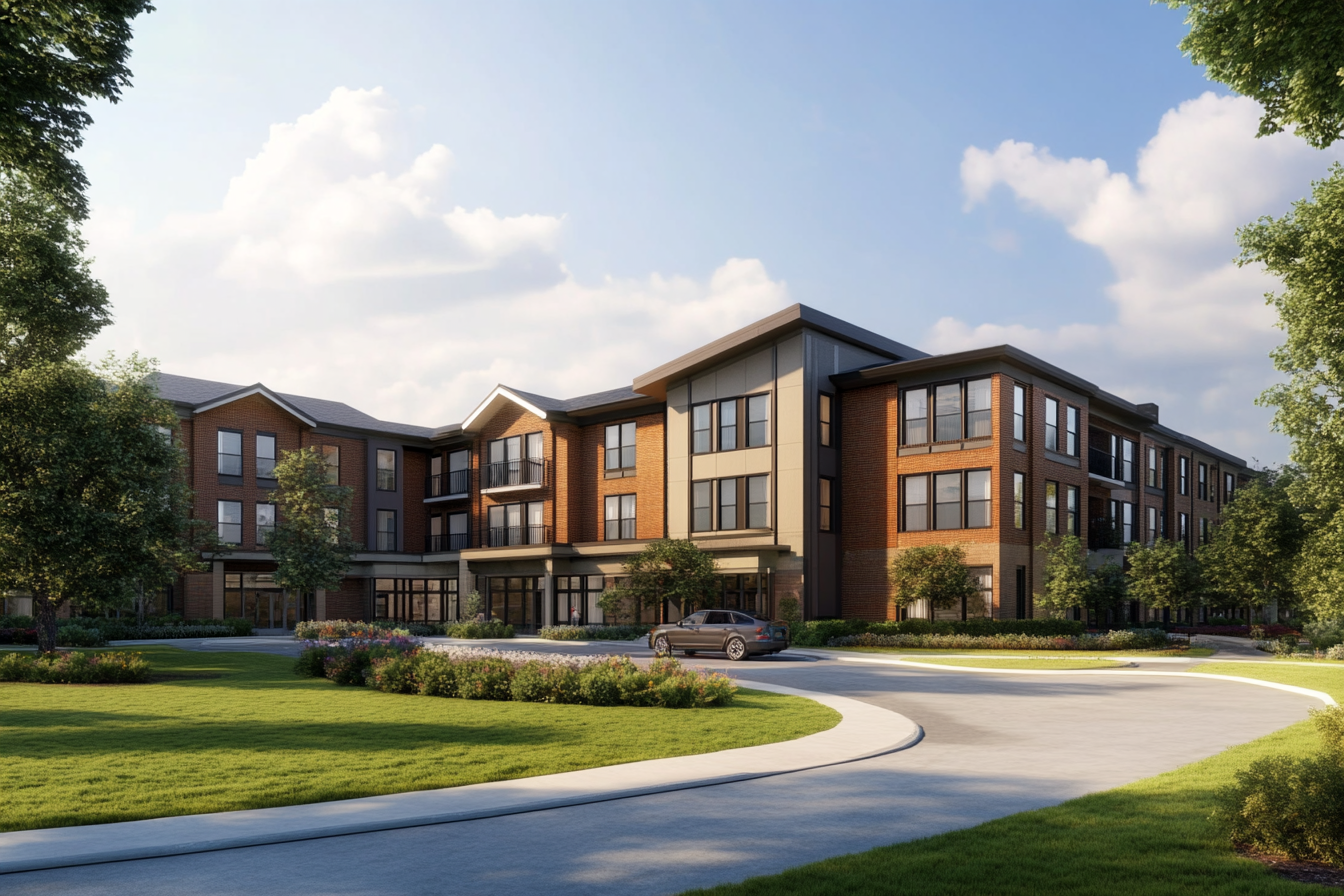Demystifying the Sophistication of Advanced Broadband Technology
Within the labyrinth of the internet and telecommunications industry, few innovations have spurred such transformative change as the advent of advanced broadband technology. This article dives deeply into this fascinating topic, tracing its roots, examining its current state, and peering into what the future holds.

A Glimpse into the Past: The Genesis of Broadband Technology
Broadband technology has its roots in the late 20th century when the internet burst onto the scene. In the initial stages, dial-up ruled the roost, offering snail-paced connectivity that was the only option for many households and businesses. As the 21st century dawned, the demand for faster, more reliable connectivity grew. This need led to the development of broadband technology, which offered speeds unimaginable in the dial-up era.
Riding the Wave: The Current State of Broadband Technology
Today, broadband technology is a household term, synonymous with high-speed internet. It has transformed how we live, work, and play, enabling everything from video conferencing to online gaming and streaming. Regulatory changes have also favored this growth, with governments around the world recognizing the importance of high-speed internet access for economic development and quality of life.
The Nitty-Gritty: Understanding Broadband Technology
Broadband technology refers to high-speed data transmission that provides simultaneous access to multiple data channels. It’s akin to a multi-lane highway that allows numerous cars to travel at high speeds without causing congestion. The technology can be delivered through various means, including DSL, cable modems, wireless, and more. Each comes with its own set of benefits and challenges, from cost to speed and reliability.
Broadband Technology: Impact and Applications
The ubiquity of broadband technology has had far-reaching impacts. From enabling remote work and learning to facilitating telemedicine and e-commerce, broadband has revolutionized several sectors. However, it’s not without its challenges. Accessibility and affordability remain significant hurdles, particularly in regions with limited infrastructure or high poverty rates.
Broadband Technology: A Look into the Future
As we move into the future, the demand for faster, more reliable broadband will only increase. Emerging technologies like augmented reality (AR) and virtual reality (VR) will push the boundaries of what’s possible, necessitating even more robust broadband solutions. While predicting the exact trajectory of broadband technology is challenging, one thing is clear: its role in our lives will only grow.
In conclusion, broadband technology has transformed the telecommunications landscape, offering high-speed connectivity that’s become integral to our lives. As we move forward, it’s crucial to continue innovating and overcoming the challenges that remain, ensuring that everyone can benefit from this game-changing technology.





